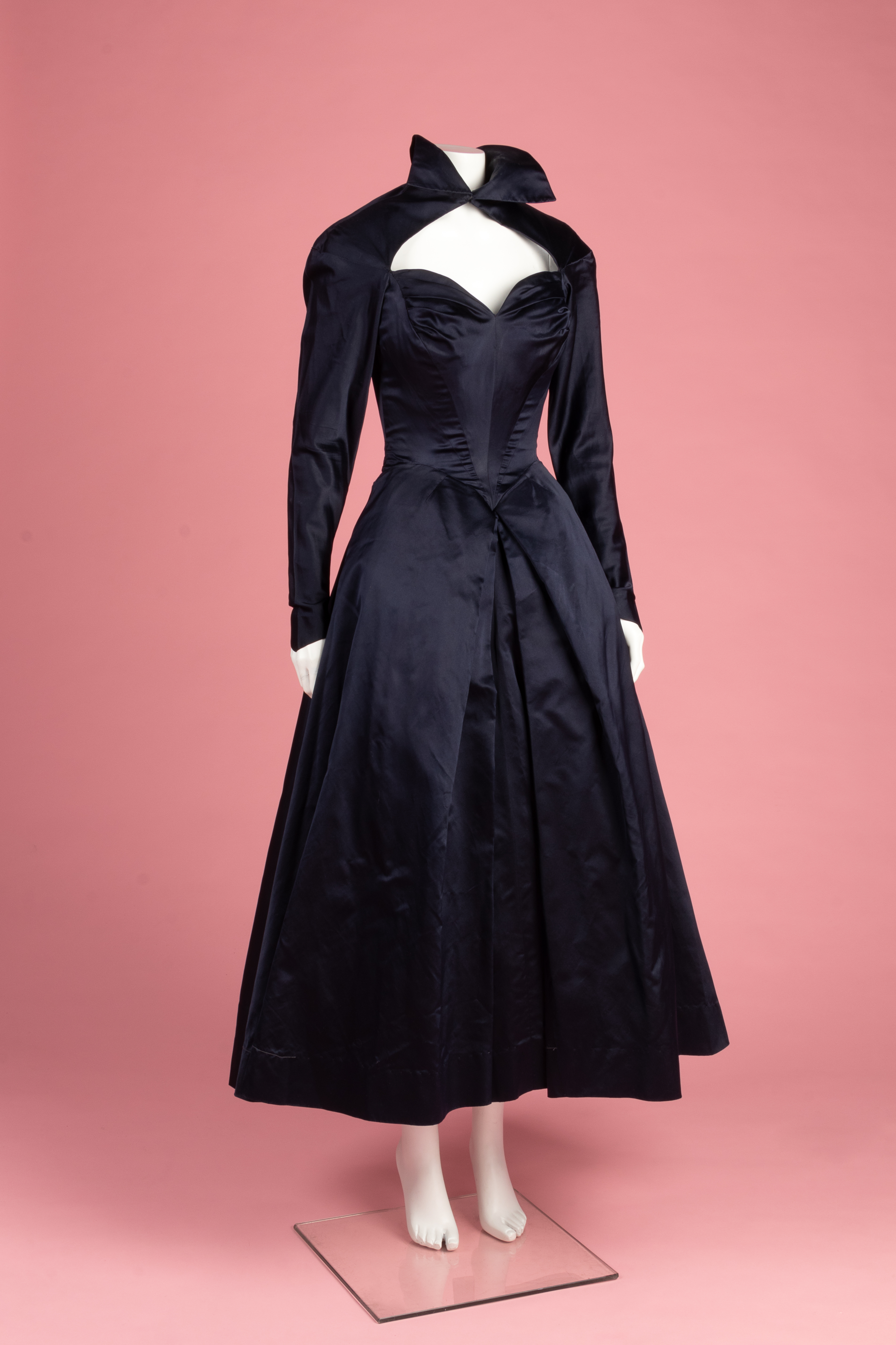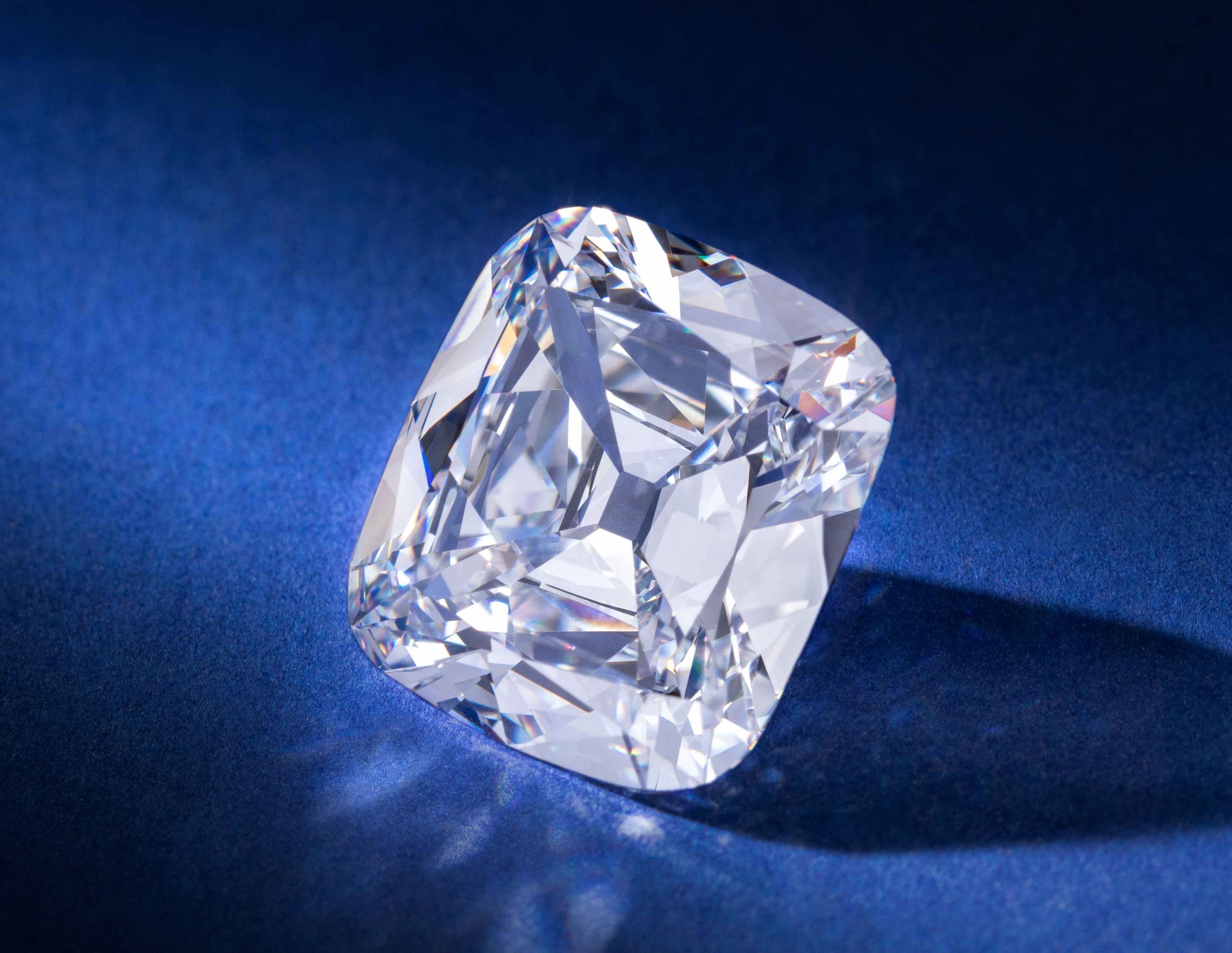Why We Collect by Tim Luke
Having been in the auction and appraisal profession for over half my life, I am often asked what the next trend will be or to predict the collectability of the latest contemporary artist. Remember, the collecting market is just like the stock market, and when a gallery, manufacturer, or individual is pitching a 20% - 50% return on your initial investment, run the other way. I have discovered there are 7 basic keys or reasons that drive collectors to collect. These keys provide a brief explanation to better understand the psychology of collecting. They provide insight into what drives collectors to pay outrageous amounts of money for what can be conceived by an outsider as a frivolous waste of time and resources.
NOSTALGIA
This is the number one reason people collect. There is something about objects from our past that can transport us back to our youth, trigger a memory of a loved one, or in some way make us feel better about ourselves today. Collecting, in general, is a very emotionally based hobby, and when you mix emotions with desire, it is very difficult to predict the outcome. This is why there is no accurate formula for creating or manipulating the collector’s market. All seven of these factors must be in harmonic convergence for an item to reach collectible status.
ATTRACTION
This is where I stress to collectors that if you are attracted to an item and want to collect it, invest all your energy in researching and educating yourself on the item. DO NOT COLLECT TO INVEST. If you desire to invest, then play the stock market. If your item or collection happens to increase in value, it should be as a result of your pursuit of quality items that you were attracted to and fully researched. If the item does not increase in value, but decreases in value, you still have an item that you were attracted to and will not mind having around. Remember, the collectible markets are similar to the stock market—the values go up and then down. If you have done your homework, you will get a good feeling for this cyclical motion of your own collecting area.
DURABILITY
Collectors in every area of collecting will agree that there is a certain sense of responsibility you take on when you start to collect. If you collect vintage authentic automobiles, you need to have a large facility to warehouse, maintain, and protect your collectibles.

Charles James Satin Evening Dress, 1945 | Sold for $12,500
Given its age, the dress was in overall fair condition when sold, but careful storage and conservation are necessary to maintain its integrity and value.
If you collect wine, proper refrigeration is required. When you add an item to your collection, you will consider whether this piece is fragile and needs extra care or whether the item is more durable and readily available in the marketplace.
VALUE
Look in the marketplace for comparable items before you make that big purchase. Remember, value can be tracked through auction results or confirmed private sale results. On the other hand, the price is only the dollar amount being asked and may not reflect the true “value” of the piece. If you have done your research, you will not be taken advantage of or overpay or undersell an item.
PROVENANCE
Collectors will pay a premium if there is undisputable and accurate proof of previous ownership of the collectible. This history or lineage of a collectible, as seen in the Kennedy Auction at Sotheby’s or the Marilyn Monroe Collection at Christie’s, allowed collectors to “get close and personal” with their idols.

A Steinway & Sons Grand Piano | Sold for $112,500
Offered in the Caribou Ranch and Studio Memorabilia Auction, the piano is very significant in that almost all of Elton John’s Caribou were recorded on this piano. Other artists and groups who used this piano while in the studio include Joe Walsh, Supertramp, Stephen Stills, Dan Fogelberg, Rick Derringer, and Madura.
CONDITION
The materials used to create the collectible item in any area of collecting must be considered when starting a collection. The effect time and the elements have on the deterioration of that material should be considered when looking for an item to collect. Environmental factors are constantly attacking us, and everything is in a continual state of deterioration. The UV rays of the sun cause fading, pollution, smog, cold, and humidity, not only affect our climate but also our collectibles. Over time, these forces can destroy a collectible. Collectors take the condition of an item, how it has been maintained, and the overall appearance into consideration when purchasing and selling a new collectible. A simple rule: always buy the best original condition you can afford.

A Spectacular Diamond Ring by Taffin. Containing one cushion brilliant cut diamond weighing 5.89 carats. Sold for $387,500
The stone has Internally Flawless clarity, with no fluorescence, contributing to its high value.
RARITY & DESIRABILITY
These go hand in hand. Just because an item is rare or old, if no other collector likes it or is collecting it, does not make it desirable. There is a simple formula. The value of an item increases with the added desirability of an object. If the desirability is maintained in a market, adding rarity to the equation exponentially increases the object’s value. Caution to collectors who overuse the word rare. Today, dealers and internet auction sites may come across an item they are unfamiliar with, so instead of researching the item, it is easier to call it rare. Do your homework and ask people in your area of collecting what the “rare” or hard-to-find examples look like.
If you remember these 7 keys, you will be better equipped when you hit auctions, the local flea market, or garage sale on your quest for the nostalgic, durable item or items you are attracted to that has a fantastic provenance, is in great condition, and has the desirability in the marketplace.
Excerpt from American Insider’s Guide to “Toys & Games” by Tim Luke Copyright 2002
Featured Image: